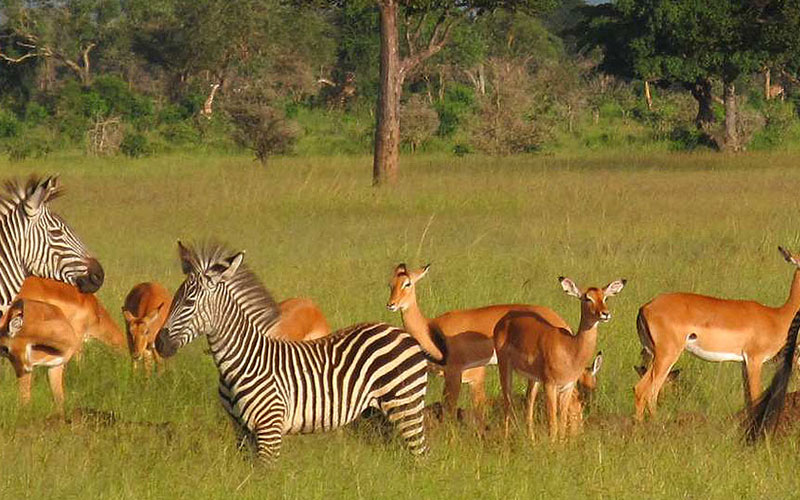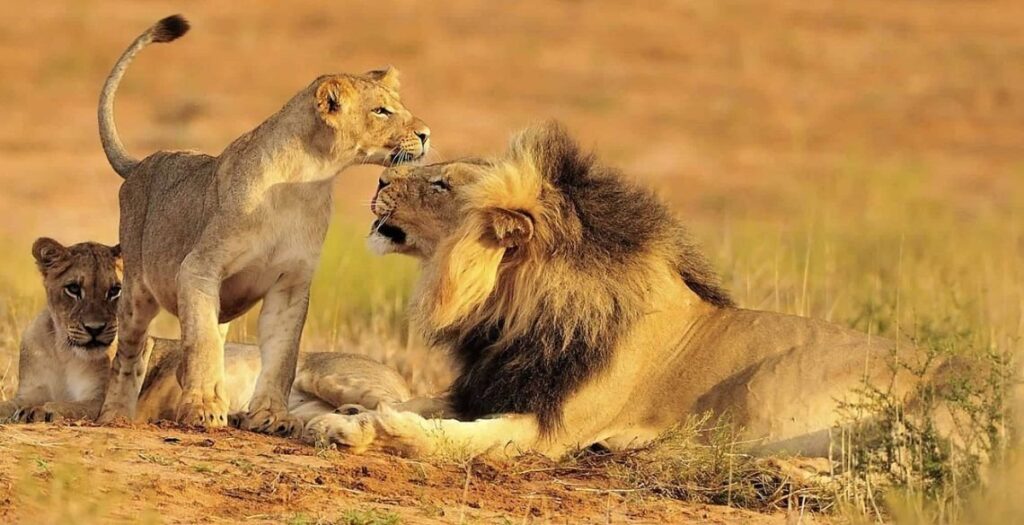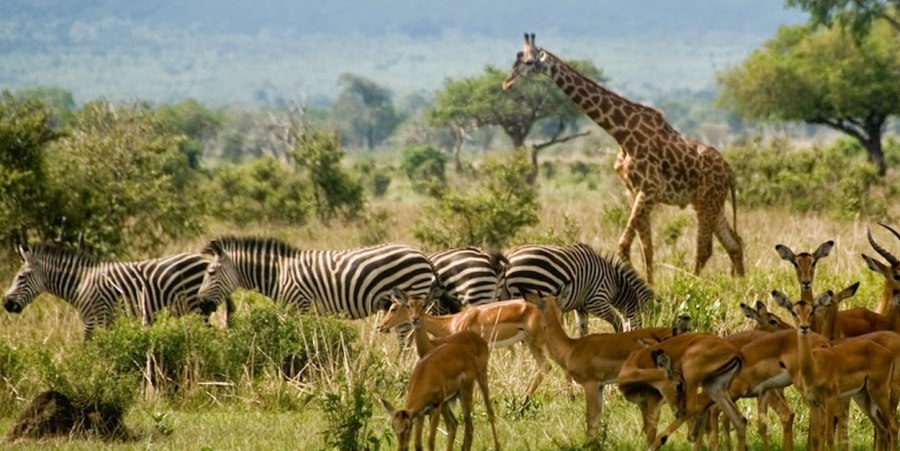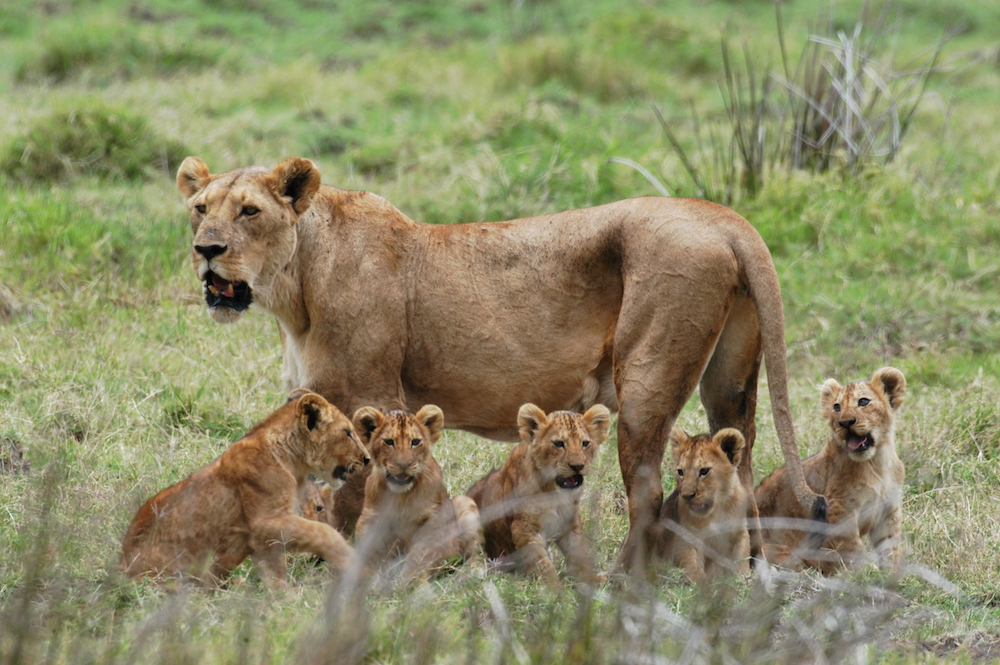Mikumi National Park is easily reached in 4 hours by paved road from Dar es Salaam. Even the main road that crosses the park is paved: great comfort for tourists, but unfortunately causes frequent accidents for the local fauna.
From the entrance many animals are easily sighted, present in great variety thanks to an environment rich in vegetation. Mikumi, in the local language, is the name of the borassus palm, which can reach up to 30 meters in height. Not only palm trees, but also many other plants, including baobabs, thrive in the floodplain of Mkata, located in the northwestern part of the park. In this area, also called little Serengeti, most of the fauna is concentrated and, in the numerous Hippo pools – pools of water -, the hippopotamuses rest and puff crowded one next to the other. The fauna variety is also favored by the typical vegetation that covers almost three quarters of the park, the miombo.
The park was established in 1964 and in 1975 was extended to connect south with the Nyerere National Park, with which it makes up one of the largest wilderness areas in Africa, in the Selous ecosystem. Today it covers 3230 km² and has 200 km of walkable trails. The safari area is concentrated to the north. The large part of the park that extends to the south is crossed by a long dirt road, which leads to the Nyerere National Park, but the journey is uncomfortable and the conditions of the terrain are often prohibitive.
The park is also an important center of research and study on yellow baboons, in collaboration with the University of California and the Jane Goodall Institute in Gombe.
The different habitats that characterize the park and the rich forest of miombo allow the park to have all the predators and different animal species between mammals and birds. Unfortunately, poachers, in the past centuries, have caused damage to the present ecosystems and have led to the almost disappearance of elephants and black rhinos.




